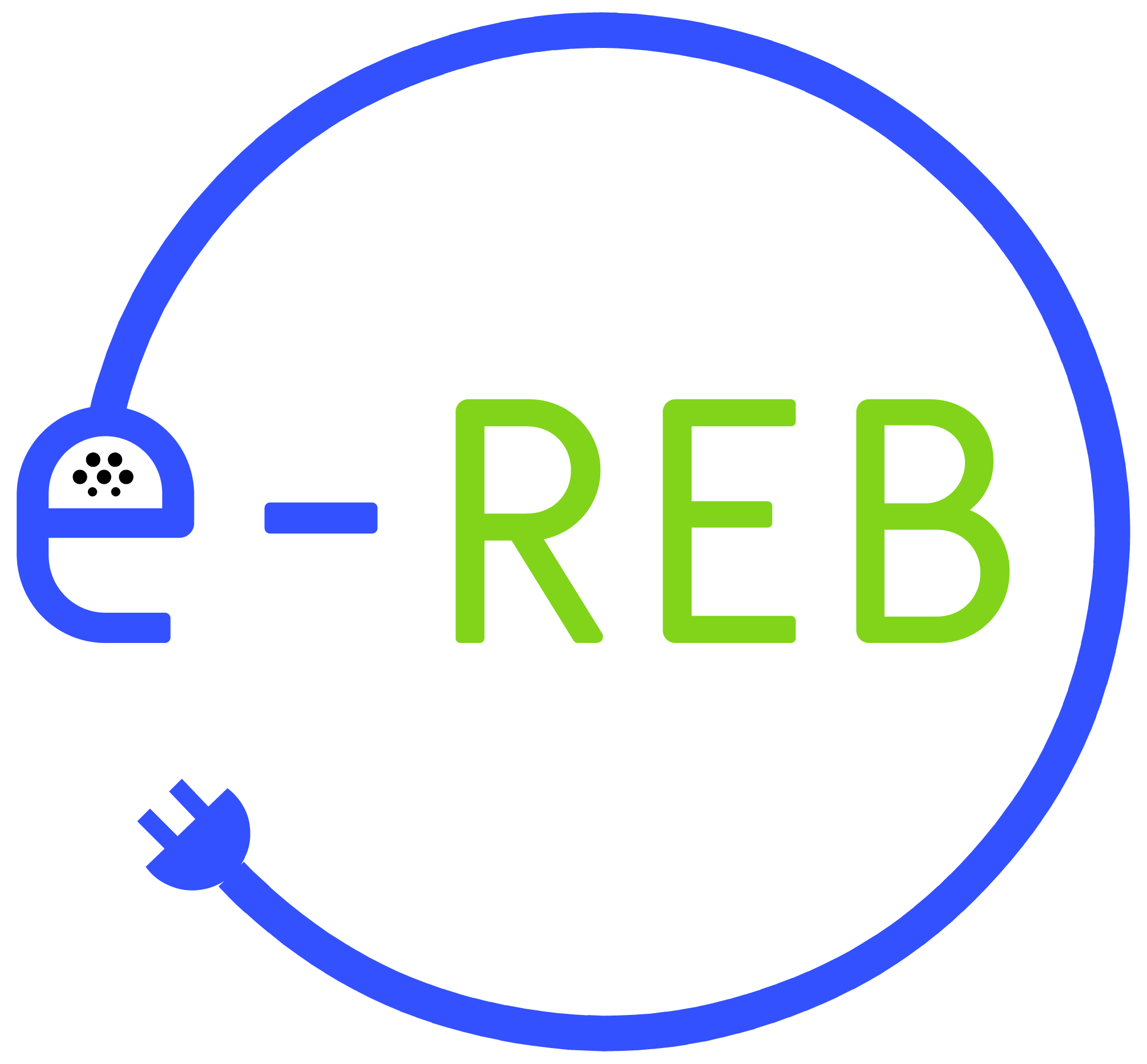Hybrids (HEV – Hybrid Electric Vehicle): cannot be recharged via a plug from an external source and have a smaller battery than other types of electric cars, but the battery still helps to save fuel. Ford Fusion Hybrid, Toyota Prius Hybrid, Honda NSX Hybrid
Plug-in Hybrid (PHEV – PlugIn Hybrid Electric Vehicle): can be charged via the plug, has a larger battery and can operate for considerable distances using “electric only” mode. Ex. Mitsubish Outlander, Volvo XC90, BMW i8
BEV (Battery Electric Vehicle): 100% electric using only an electric motor powered by a battery, completely avoiding internal combustion engines. Fully electric cars do not use liquid fuel (petrol/alcohol or diesel), are cleaner, require less maintenance and are cheaper to refuel than hybrids and conventional cars. Ex. Renault Zoe, Tesla Model 3, Nissan Leaf, BMW i3
Fuel Cell Cars: have an electric motor and a battery, which is powered by converting hydrogen gas into electricity. This type of electric vehicle is starting to enter the market and is offered as a low-carbon alternative to cars and trucks, helping to reduce polluting gases. Ex. Mercedez Benz GLX F-Cell
The loading time will depend on a number of factors:
- Battery size: the larger the battery capacity (measured in kWh), the longer the charging time;
- Battery status (full vs. empty): if the battery is discharged, it will take longer to recharge compared to a half-full battery;
- Maximum vehicle recharge rate: You can only recharge a vehicle’s battery at the maximum rate that the vehicle or charger will accept. For example, if the vehicle’s maximum charging rate is 7kW, your vehicle will not charge faster using a 22kW charger;
- Maximum recharge rate of the charger: the recharge time is also influenced by the recharge rate of the charger. For example, even if your car can recharge at 11kW, if the charger is limited to 7kW, the vehicle will recharge at 7kW.
Recharging the electric vehicle at home will increase the amount of energy consumed, but there will be significant savings compared to what you would pay for fuel at a gas station. Electricity can be up to 9 times cheaper than fuel.
For AC Chargers: Type 1 and Type 2
For DC chargers: CHAdeMO or CCS – Combo T2
Yes, charging your electric vehicle is very safe. Our chargers meet international safety and quality standards.
At the end of the car’s life, the battery is still valuable. It will no longer be able to power the electric vehicle, but several of them grouped together can be used for energy storage. In other words, when your electric car is ready for trade-in, you can sell the battery or use it as an energy back-up.
No, if you do not have an electric vehicle charger installed in accordance with the standards, the installation for charging the electric car must be properly dimensioned taking into account the current of the source.
Note: Manufacturers recommend that this type of charging should only be done in emergency situations.
Make sure you research which models best meet your autonomy needs, whether your electrical panel supports the installation of an electric vehicle charger, and if you live in a condominium or apartment, consult the person in charge.
Some information to consider before buying an electric vehicle charger:
- Type of network that reaches your space (single-phase, two-phase or three-phase);
- Mains voltage (220/120V or 380/220V);
- Distance from the charging point to the electrical panel;
- Electric car plug model;
- Type of application: residential or commercial;
- If there is enough power available to service the charger.
If you haven’t found the answer to your question, contact us via the form HERE.
